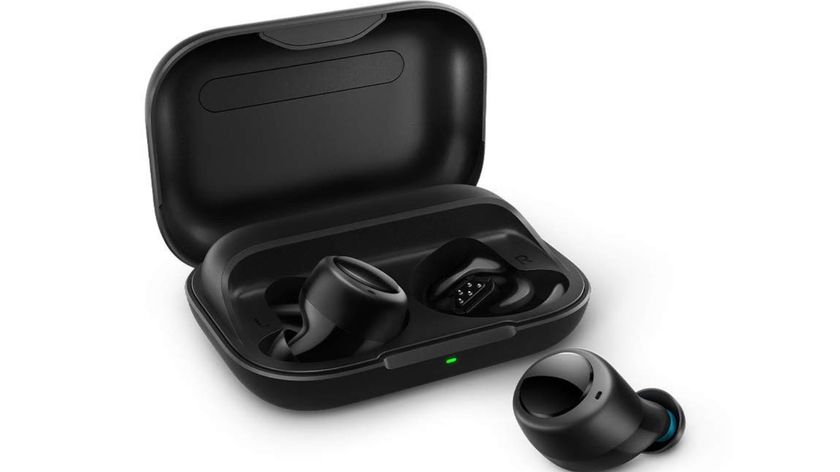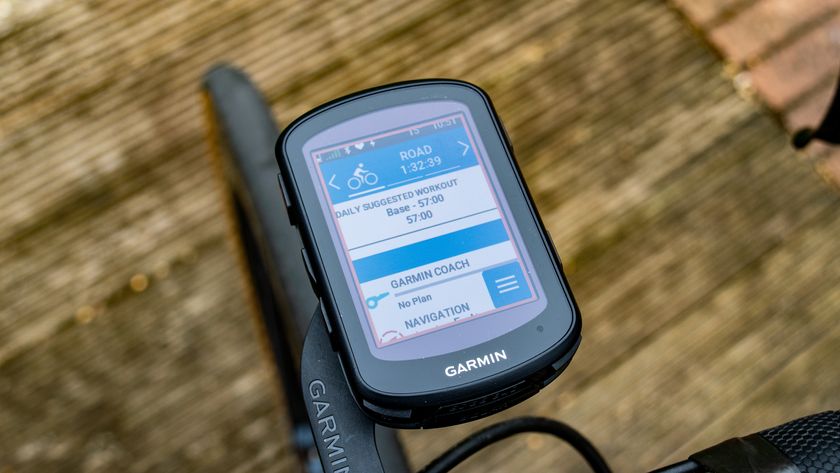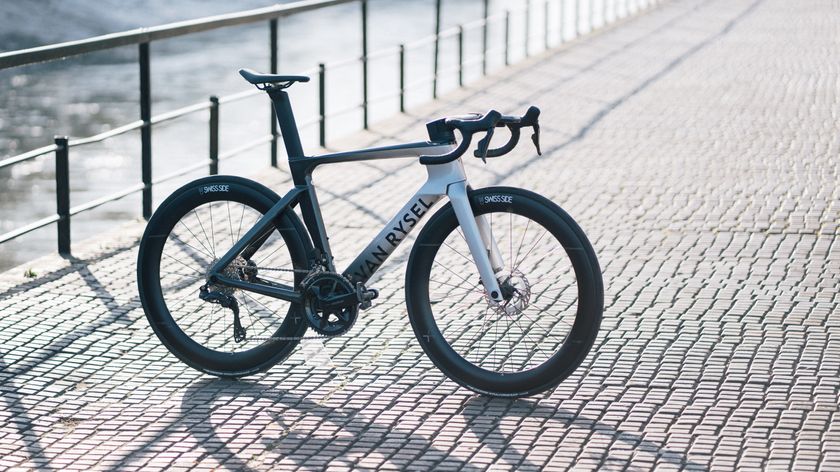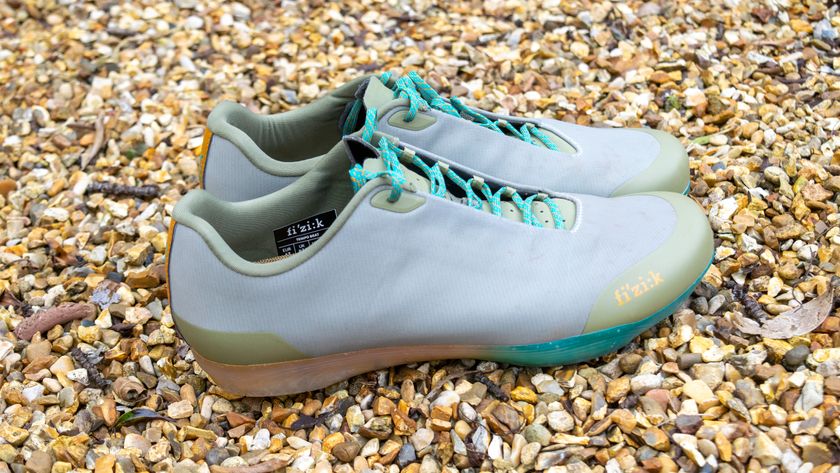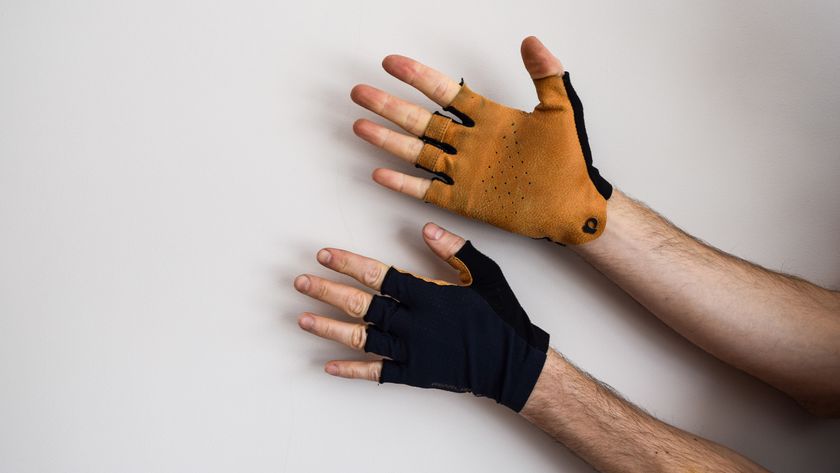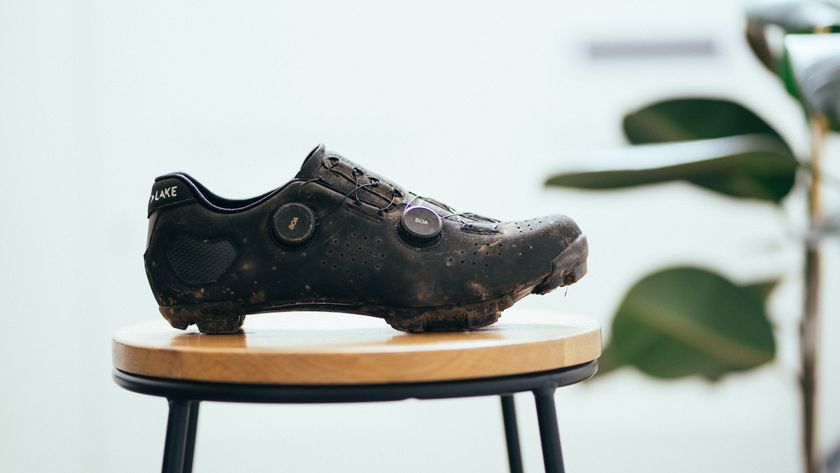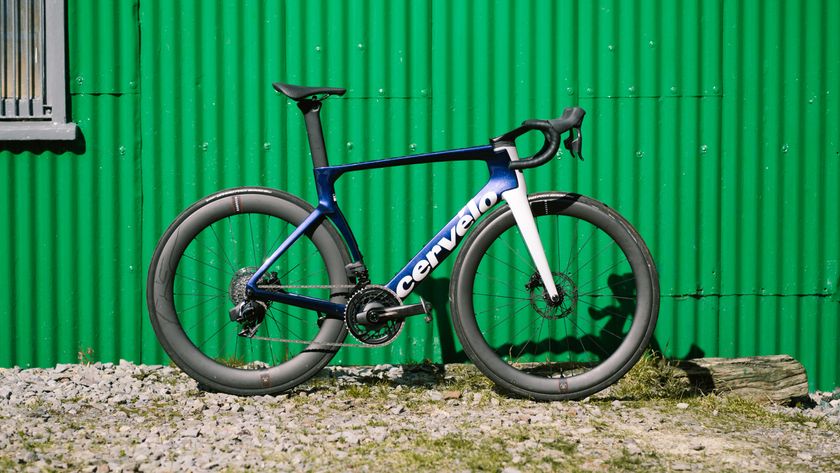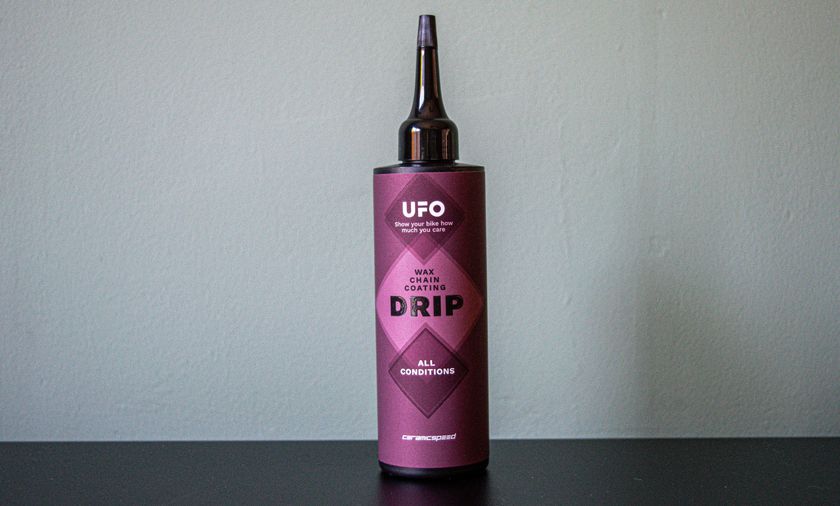You can trust Cyclingnews






Thanks to their unusually wide rims, HED’s new Ardennes clincher wheels provide the ride of a tubular and are claimed to be more aerodynamic and to make tyres roll faster. All that and they’re light too. This is a deeply impressive pair of wheels.
HED’s new Ardennes aluminum clincher wheels have unusually spacious 23mm-wide rims it calls ‘C2’. HED claims the wider profile improves the wheels’ aerodynamics, lowers rolling resistance and gives a ride quality that can go toe-to-toe with tubulars.
While we don’t have any independent scientific data to verify HED’s claims of improved aerodynamics and lower rolling resistance, we can comfortably say that they don’t <i>feel</i> any slower yet offer a much-improved ride quality, a smoother feel overall and vastly improved grip. At under 1400g a pair, they are also some of the lightest non-carbon clinchers we’ve encountered.
Simply put, these are the best-feeling clinchers we have ever ridden and we see no reason why their sublime qualities should be limited solely to competition use. Use them for training, use them for climbing, use them for race day… but just use them. They’re that good.
Ride & handling: improved grip & comfort
The Ardennes certainly live up to HED’s claim about the ride quality, even with tyres that we normally use for training and without any of the usual hassles associated with tubulars.
Based on HED’s recommendations and a few quick test rides, we ultimately settled on 85-90psi for the first round of testing with Vittoria’s Open Pave open tubulars.
I’m 1.83m tall and 73kg (6ft 0in, 160lb), so that pressure may seem unnervingly low but we found it to provide the best balance of feel, rolling resistance and comfort. The additional casing support provided by the broader C2 rim soundly squelches any anticipated sidewall flex and there’s no sense of sluggishness at all.
Not only did the setup feel fast but the overall grip from the larger contact patch was simply amazing. We had a ‘glued to the ground feel’ on paved roads and loose dirt alike and had an enhanced confidence when descending and cornering, knowing we were stuck to the road more securely than our riding partners.
In addition, we were overwhelmed with how smooth and comfortable the ride was at that pressure, especially after one particular ride that spanned over six hours in the saddle. .
We had a similar experience with a set of more conventional 120 TPI Kenda tyres that we thoroughly throttled during a local crit series. Even though the less pliable vulcanized casing of these tyres meant the gains weren’t quite as dramatic, we still got a more comfortable ride, a surprisingly fast roll and, most importantly given the situation, increased confidence in the cornering grip.
With either tyre though, we didn’t feel any increased risk of pinch flats and never suffered from one throughout testing.
The Ardennes’ performance advantages aren’t solely limited to the C2 rim though. According to Dino Edin of HED, the company really tightened up the tolerances on the bearing bores in the hubs and the axle diameters in an attempt to optimize the bearing loading.
The result is some of the smoothest rolling wheels we have ever observed, ceramic or otherwise; free-spinning time on a repair stand was measured in minutes, not seconds.
HED offers a ceramic bearing upgrade but the stock stainless steel bearings in the Sonic hubs are so amazingly good that we truly wonder if it would make any perceptible difference in the real world.
The one downside we can think of is that the C2 rim could create some problems in competition. We had to set our brakes much wider to accommodate the Ardennes and even had to reset the pad angle for proper contact.
This is a non-issue for riders who don’t regularly swap wheels but it’s absolutely something to keep in mind if you’re in a race and have to use a neutral wheel after a flat. The width difference is so substantial that huge adjustments at the cable barrel would be required to get any braking power on the narrower rim.
Construction: feel the width
HED claims the Ardennes’ C2 rim shape allows typical 23mm-wide tyres to spread out more, thus producing a wider contact patch, reducing sidewall flex, and yielding a more aerodynamic shape to the passing air as the cross-section is now more akin to an airfoil instead of an incandescent light bulb. In addition, the wider base also increases the tyre’s interior volume.
The 24mm-deep and 23.4mm-wide (outside-to-outside) C2 rim extrusion is noticeably bigger than most road rims. In fact, they’re so wide that they could easily pass for 29er mountain bike rims.
A DT Swiss RR 1.1 measures just 19.5mm, the Shimano R600 is 21.4mm, and Mavic’s Open Pro falls neatly in between at 20.1mm, so the C2 rims are 3-4mm wider.
Although the rims are clearly bigger, the complete wheels are anything but hefty. HED’s claimed weight of just 1361g (591g/770g front/rear) is about 120g lighter than Mavic’s Ksyrium SL Premium and nearly 200g lighter than the Bontrager Race X Lite.
The actual weights undercut HED’s numbers at 588g and 757g, with the skewers adding another 104g to the total. If nothing else, it’s refreshing when a company is conservative (or at least accurate) on its published figures of targeted lightweight wheels.
HED hits those impressive numbers with a welded and machined scandium-enhanced aluminum rim extrusion, 18/24 Sapim CX-ray spokes (straight-pull radial front, radial/2x straight-pull/J-bend rear), alloy hex head nipples, and HED’s own Sonic hubs which have been updated with larger sealed cartridge bearings (2-bearing front, 4 bearing rear) and stiffer axles than previous versions. The hubs themselves are also quite svelte, with a claimed weight of just 72g front and 210g rear.
Each HED wheelset is also fully hand-built and numbered. According to the individual rim labels, Reed built our test wheels in Minnesota less than a month before they arrived back in May.
